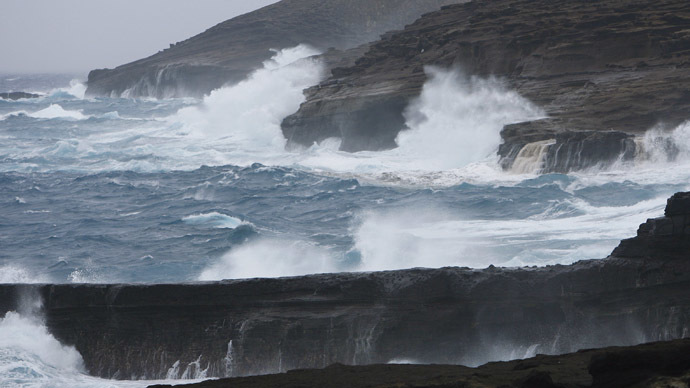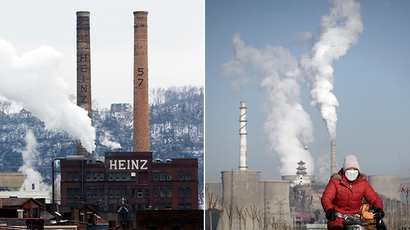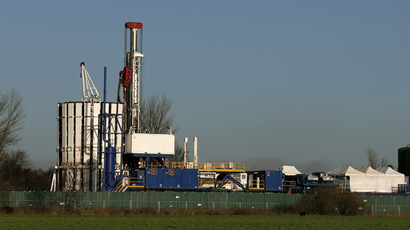New research to turn salty oceans into a renewable energy source

Dutch researchers are to test a renewable water energy source known as “blue energy” at an experimental facility which opened on Wednesday.
The blue energy principle is based on the difference in salt concentrations between sea water and fresh water, which can then be used to produce electricity, AP reports.
Rik Siebers of REDstack BV, the company supervising the project, said the goal is to bring blue energy to a level that would make it profitable so commercial plants can be built in the 2020’s.
Siebers says the idea is promising as the principle of producing energy is self-sustainable.
"For wind turbines you need wind, and solar panels work in the day, but water is always flowing," he told AP.
A blue energy plant has a theoretical maximum capacity of 50 megawatts, enough to power around 100 homes.
The principle is based on using two specialized filters with salt and fresh water on each side. Positively charged sodium ions seep through one filter, while the other passes negatively charged chlorine ions, thus creating a natural battery.
A square meter of a filter panel generates roughly one watt. To provide powerful electricity generation the filters are arranged in rows of hundreds to multiply the effect.
A similar test plant was opened in Norway in 2009.
The test facility is located on the Afsluitdijk, a huge dike that turned part of the North Sea into a freshwater lake in the 1930s.
The project is funded by the Dutch government and corporate sponsors and intends to raise the system's efficiency so blue energy becomes a profitable source of electricity.














